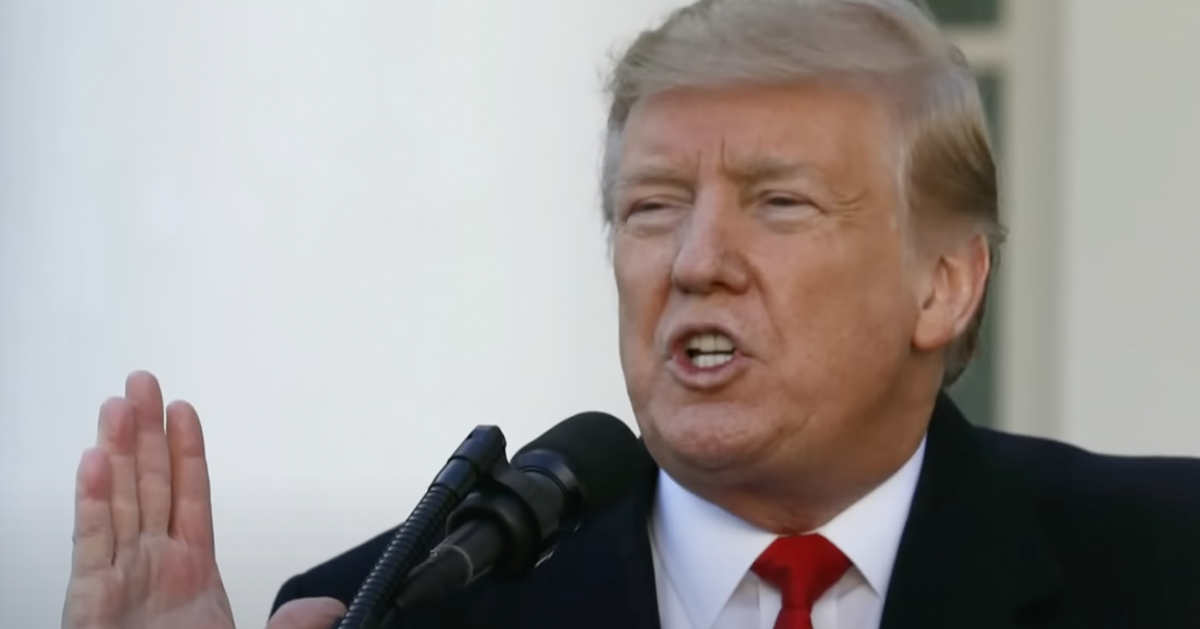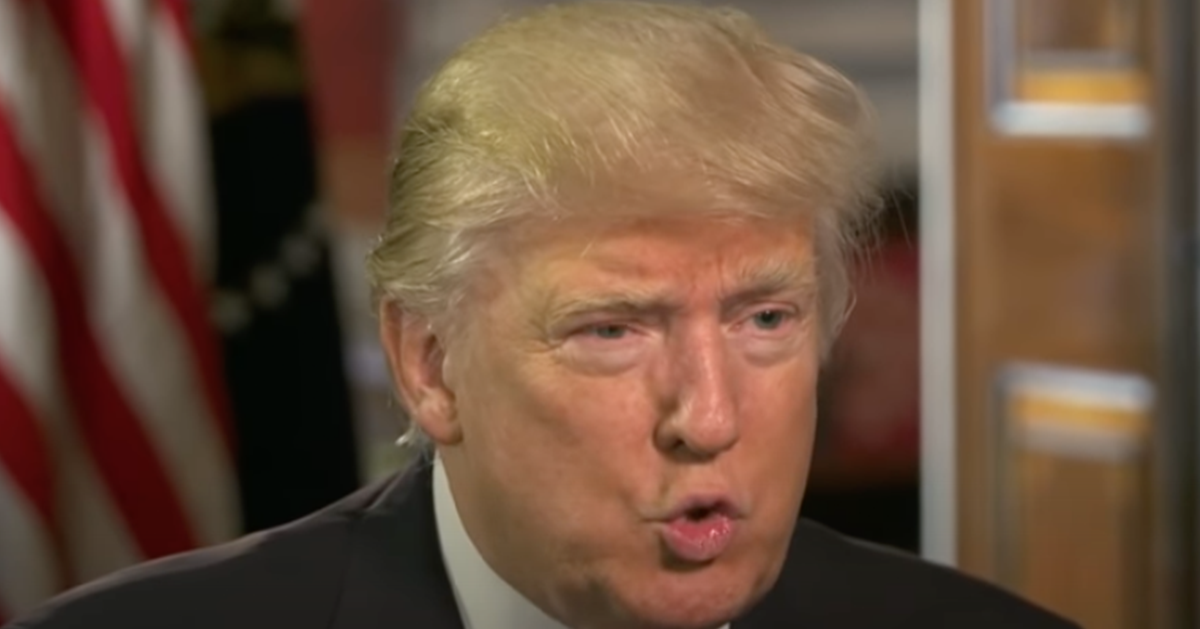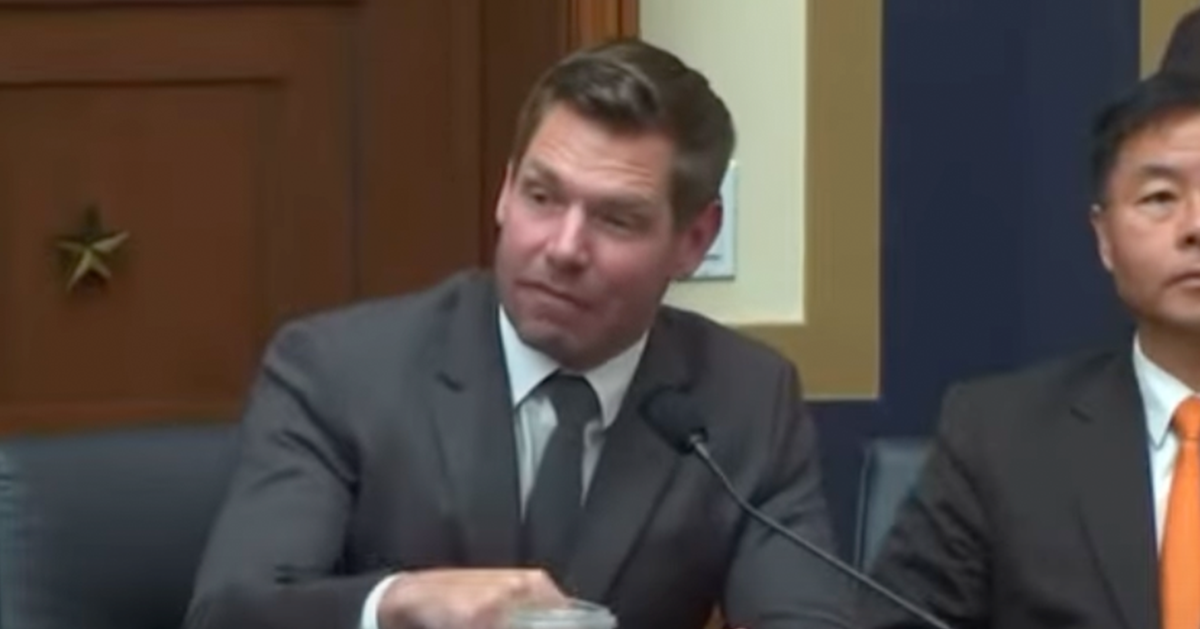Trump Ambulance Rumor Debunked: No Medical Emergency at Mar-a-Lago
Social media erupted with speculation over the weekend following a post claiming that President-elect Donald Trump had left his Mar-a-Lago estate in an ambulance, a rumor that quickly gained traction even though it was entirely unfounded.
A rumor circulating about Donald Trump's alleged emergency exit was incorrect; the ambulance seen was part of Vice President-elect J.D. Vance's escort motorcade, as Check Your Fact reports.
The talk started with a tweet from Andrew Feinberg, White House correspondent for The Independent,
who noted that ambulances had been spotted leaving Trump's Florida residence. Despite not indicating that
Trump was involved, this tweet sparked a flurry of unfounded conjecture.
The Secret Service Sets the Record Straight
As the misinformation spread, the Secret Service quickly intervened to quash the rumors. A
representative clarified via a tweet directed at Feinberg, stating there were no recorded Secret Service
medical transports from Mar-a-Lago. They assured the public there were no concerns about any protectees
at the location.
The social media frenzy took a false turn as users speculated Trump had a medical emergency. An
explanation soon followed clarifying that the ambulances were simply part of Vice President-elect J.D.
Vance's motorcade, not related to any medical issues.
Feinberg Calms the Storm
Feinberg himself attempted to cool down the situation. He reassured the public with an update, sourced
from a transition official as well as the Secret Service. He urged: “Calm down, people. Ambulances were
part of Vice President-elect J.D. Vance’s escort. False alarm. Go about your business.”
This sequence of events emphasizes how easily misinformation can spread online, leading to unnecessary panic. Feinberg's attempt to bring facts to the forefront illustrated the ongoing battle journalists face against misinformation on social platforms.
Misinterpretations Amplify the Issue
As with many social media claims, the initial kernel of truth -- ambulances observed at Mar-a-Lago -- quickly
spun into a more sensational, yet inaccurate, narrative. Powerful platforms like social media can amplify
misunderstandings at an alarming speed.
Further comments from public figures, including Steven Cheung, highlighted the challenges facing
journalists today. Cheung criticized media reactions as overblown and suggested they hastily tried to
manufacture a significant scoop from thin air.
Journalistic Lessons in the Age of Information
This situation serves as a reminder of the importance of verifying information before reacting. In an
era where news spreads swiftly and widely, maintaining journalistic integrity is vital to prevent public
misunderstanding or anxiety.
The episode also underscores the need for transparency in communications from both the media and
officials. Clear, concise statements can stave off unwarranted rumors, minimizing potential misinformation
from gaining momentum.
Quick Intervention from USA Today
In addition to the Secret Service's efforts, USA Today played a critical role in addressing the false
claims. By swiftly debunking the misinformation, the outlet helped correct the narrative, further
alleviating public concerns.
This multifaceted response from media, officials, and platforms like USA Today illustrates the
cooperative effort required to manage the flow of news in the digital age. Clear channels of communication
and fact-checking remain essential tools.
In the end, while the claims of Trump’s medical emergency were entirely baseless, they are emblematic
of the fragile trust the public may place in social media. It is a call to action for more stringent fact
checks and responsible reporting practices.
Ultimately, the weekend's events serve as a cautionary tale about the potential consequences of
spreading unfounded information. It reinforces the need for individuals to approach online reports with
skepticism until verified by credible sources.
The unfolding of this incident highlights the need for consumers of media to engage critically with the
news. Verification and patience are paramount for both journalists and the audience to avoid fueling
unnecessary fears or false conclusions.
Navigating the complexities of modern media necessitates a commitment to truth from both creators and
consumers. The importance of discerning consumption and responsible sharing of information remains more
significant than ever.
The rapid dissemination of the false claim about Trump illustrates an enduring issue in contemporary
media consumption. Consequently, media literacy and skepticism must be staples for audiences navigating
today’s digital information landscape.





